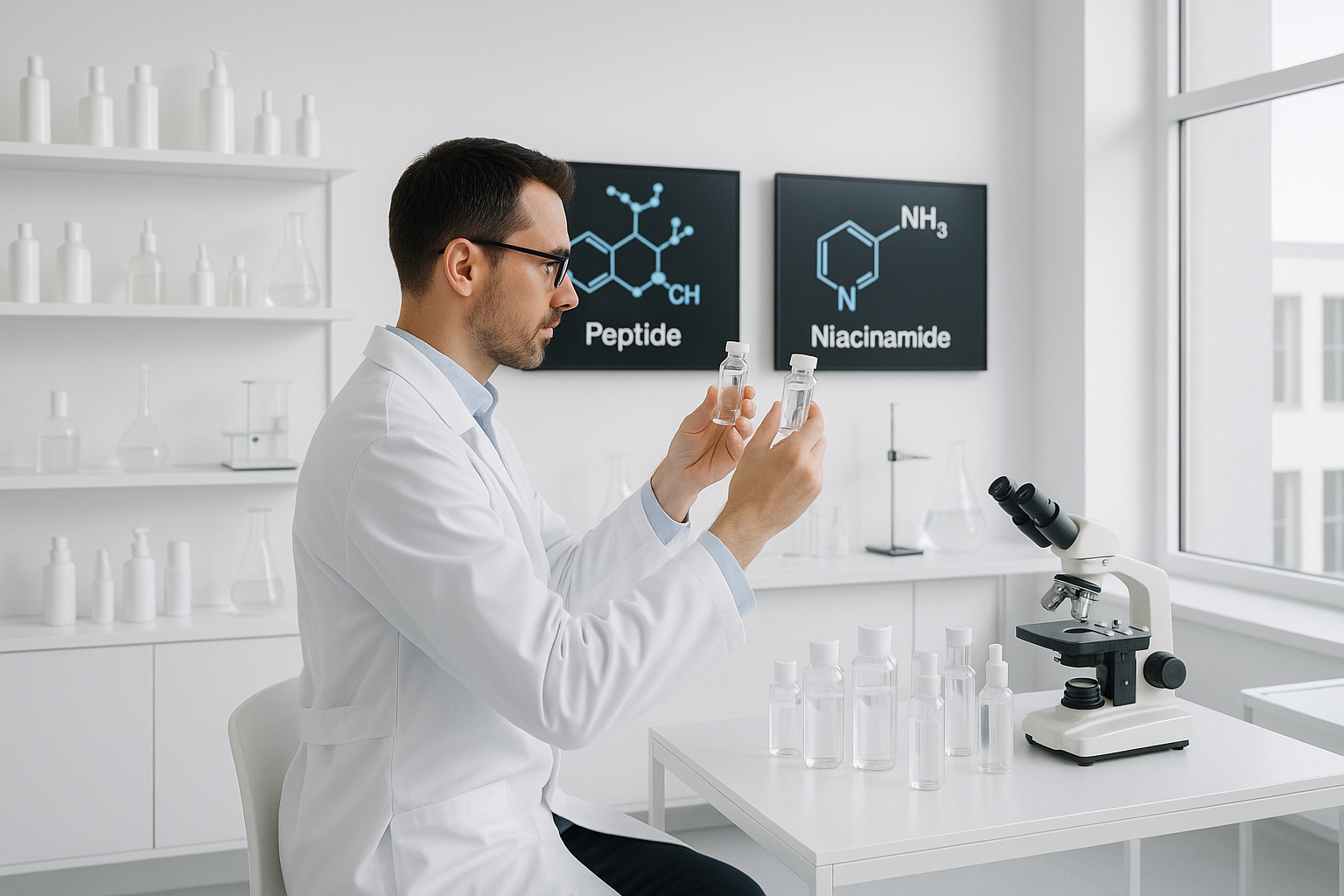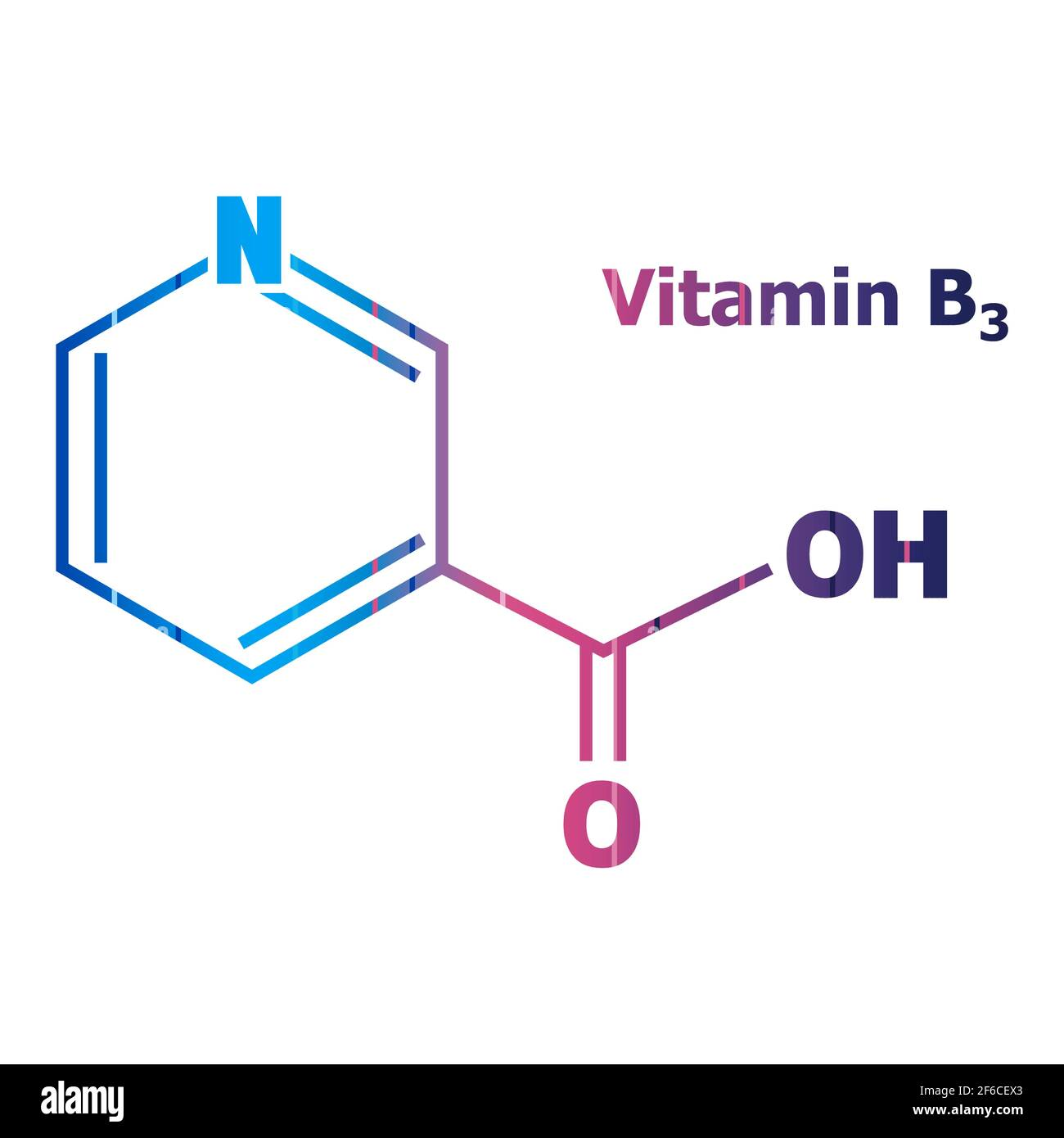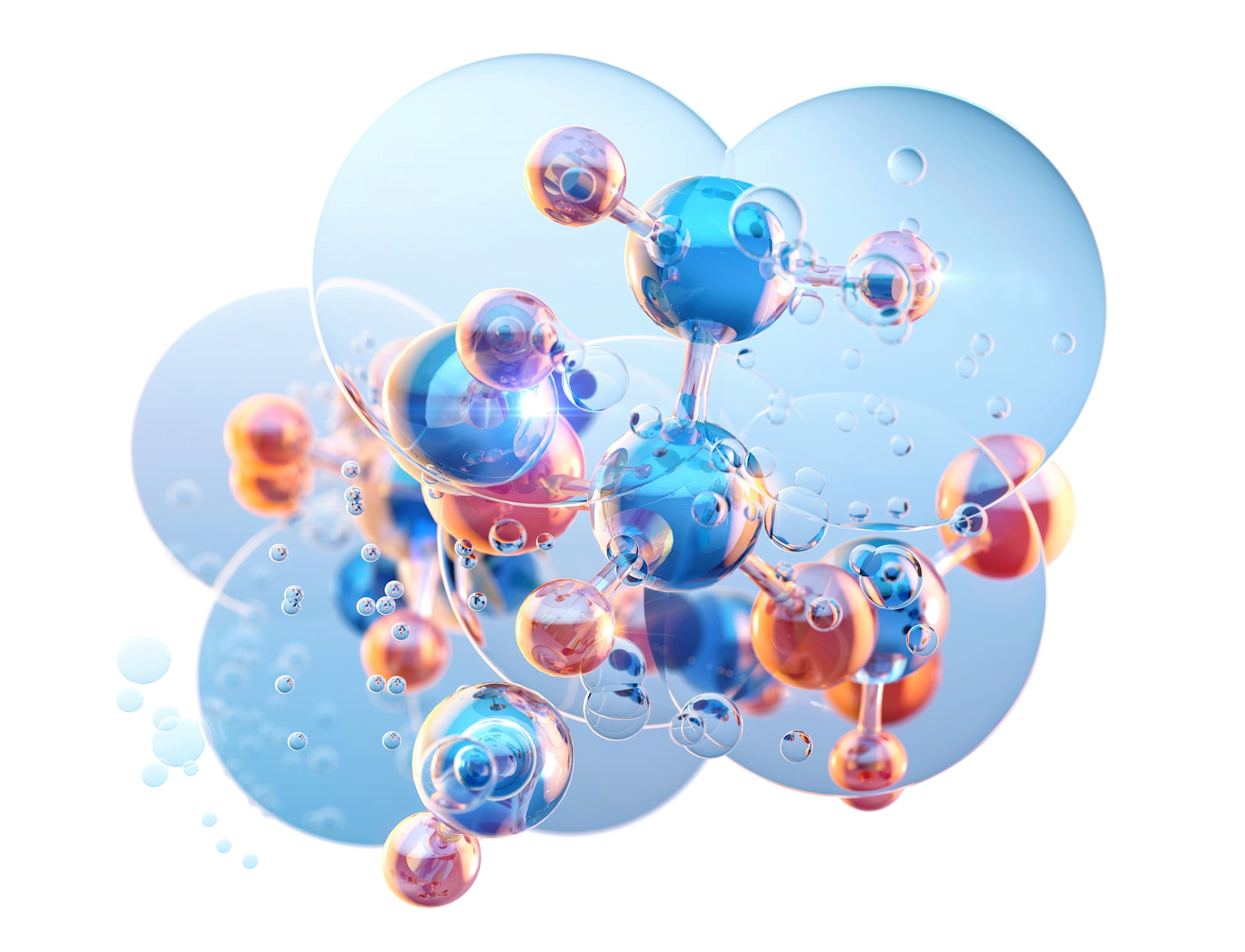The Power Duo Redefining Modern Skincare: How Peptides and Niacinamide Are Leading the Minimalist Beauty Revolution
Peptides and niacinamide, the powerhouses of smart minimalism, deliver effective skincare with enhanced tolerability for a healthy, simplified routine.
The skincare industry is experiencing a profound shift toward smart minimalism, where fewer ingredients deliver maximum results. At the forefront of this movement are two powerhouse ingredients that have captured the attention of dermatologists, formulators, and consumers alike: peptides and niacinamide. These gentle yet effective compounds represent a new paradigm in skincare, where tolerability meets high-performance results, making them the cornerstone of modern minimalist formulations.[^1][^2][^3]
Unlike the harsh actives of previous decades, peptides and niacinamide offer a tolerability-first approach to skincare that doesn't compromise on efficacy. Research demonstrates that both ingredients excel in strengthening the skin barrier while improving texture, making them ideal candidates for the simplified routines that today's consumers increasingly demand. This combination represents the evolution of skincare from reactive treatments to proactive, gentle maintenance-perfectly aligned with the growing consumer preference for products that work with the skin rather than against it.[^4][^5][^6][^7][^8]

Modern skincare laboratory focusing on peptide and niacinamide research
The Science Behind Gentle Efficacy: Why Tolerance Matters
Understanding Skin Tolerance in Modern Formulations
The concept of skin tolerance has become increasingly important as consumers move away from aggressive skincare routines that often led to barrier disruption and sensitivity. Clinical research reveals that peptides demonstrate exceptional tolerability across all skin types, with studies showing minimal to no irritation even in sensitive skin populations. A comprehensive analysis of peptides in sensitive skin cosmetics found that these ingredients are generally well-tolerated, with only rare cases of mild irritation reported.[^9]
Niacinamide similarly demonstrates outstanding tolerability profiles. Multiple clinical studies confirm that concentrations up to 10% are well-tolerated by most users, with no photosensitivity concerns and minimal risk of adverse reactions. This exceptional safety profile stems from niacinamide's role as a naturally occurring B vitamin that the skin readily recognizes and utilizes.[^5][^6][^10][^11]
The Molecular Advantage: Small Size, Big Impact
Both peptides and niacinamide share a crucial characteristic: their molecular size allows for effective penetration without requiring aggressive delivery systems. Peptides, being short chains of amino acids, can penetrate the stratum corneum more effectively than larger protein molecules. Similarly, niacinamide's small molecular weight (122 g/mol) enables it to penetrate skin layers efficiently without the need for potentially irritating penetration enhancers.[^3][^12][^13]
This molecular advantage translates to clinical efficacy without compromise. Studies show that peptides can achieve significant improvements in skin parameters-including a 12% improvement in fine lines and 19% enhancement in skin texture-without the irritation typically associated with other anti-aging actives. Niacinamide demonstrates similar gentle efficacy, with research showing 28% improvement in skin hydration within just two weeks of use.[^2][^14]

Comprehensive comparison of peptides vs niacinamide in skincare formulations
Barrier Benefits: The Foundation of Healthy Skin
Niacinamide's Multi-Modal Barrier Support
Niacinamide's reputation as a barrier-strengthening powerhouse is well-established in dermatological literature. The ingredient works through multiple mechanisms to enhance skin barrier function: it increases ceramide synthesis, enhances the production of free fatty acids and cholesterol, and promotes the expression of barrier proteins like involucrin and filaggrin. Clinical studies demonstrate that 2-5% niacinamide formulations can significantly improve barrier function markers, including reduced transepidermal water loss (TEWL) and increased stratum corneum hydration.[^4][^6][^13]
Research published in recent clinical trials shows that niacinamide's barrier benefits extend beyond hydration. The ingredient has been shown to enhance lipid matrix organization within the stratum corneum, effectively improving the skin's ability to retain moisture while preventing irritant penetration. This dual action makes niacinamide particularly valuable in minimalist formulations where single ingredients must deliver multiple benefits.[^13]
Peptides' Structural Support Systems
Peptides approach barrier enhancement from a different but complementary angle. Rather than directly influencing lipid composition, peptides work by signaling cellular repair and regeneration processes. Clinical research demonstrates that specific peptides like palmitoyl hexapeptide-12 can strengthen skin barrier function by promoting the assembly of structural proteins and enhancing intercellular communication.[^3]
The barrier benefits of peptides are particularly evident in studies examining their penetration and biological activity. Research shows that cosmetic peptides can permeate both the stratum corneum and epidermal layers, where they initiate gel formation and strengthen barrier integrity. This deep penetration allows peptides to address barrier dysfunction at its source, promoting long-term skin health rather than providing temporary relief.[^3]
Texture Enhancement: Beyond Surface Improvements
The Aesthetic Benefits of Barrier Health
One of the most immediately noticeable benefits of both peptides and niacinamide is their ability to improve skin texture. This improvement stems directly from their barrier-enhancing properties. When the skin barrier functions optimally, the stratum corneum maintains proper hydration and cellular organization, resulting in smoother, more refined skin texture.[^4][^6]
Clinical studies provide compelling evidence for these texture benefits. Niacinamide has been shown to reduce pore appearance by up to 17.9% and improve overall skin smoothness within weeks of consistent use. Similarly, peptide formulations demonstrate significant improvements in tactile and visual roughness, with some studies reporting up to 48% improvement in tactile roughness after 12 weeks of use.[^15][^16]
Pore Refinement and Oil Regulation
Niacinamide's texture benefits extend to pore appearance and sebum regulation. The ingredient's ability to regulate oil production while maintaining skin hydration makes it particularly effective for improving skin texture across different skin types. Clinical research demonstrates that 3-4% niacinamide formulations can significantly reduce sebum content while simultaneously improving skin hydration-a combination that results in visibly refined skin texture.[^17][^18][^19]

Structural chemical formula of niacinamide (Vitamin B3) showing its nitrogen-containing ring and carboxyl group.
The oil-regulating properties of niacinamide work through its influence on cellular metabolism and sebocyte function. By supporting healthy cellular energy production through NAD+ synthesis, niacinamide helps normalize sebaceous gland activity without causing the dryness or irritation associated with traditional oil-control ingredients.[^6][^10]
The Minimalist Revolution: Smart Formulating for Maximum Impact
Consumer-Driven Simplification
The rise of minimalist skincare reflects a broader cultural shift toward conscious consumption and ingredient transparency. Modern consumers, particularly millennials, are increasingly educated about skincare ingredients and prefer products with shorter, more understandable ingredient lists. This trend has been accelerated by ingredient fatigue-the recognition that complex multi-step routines often do more harm than good.[^7][^8]
Market research indicates that the minimalist beauty segment has experienced dramatic growth, with consumer preference for fewer ingredients increasing by over 200% between 2020 and 2025.

Growth trends in minimalist skincare and multifunctional ingredients (2020-2025)
This growth is driven not just by aesthetic preferences but by practical considerations: simplified routines are more sustainable, cost-effective, and less likely to cause adverse reactions.[^20]
Multi-Functional Excellence
The success of peptides and niacinamide in minimalist formulations stems from their multi-functional nature. Rather than addressing single concerns, these ingredients provide comprehensive benefits that eliminate the need for multiple products. Niacinamide, for example, simultaneously addresses barrier function, oil regulation, pore appearance, and hyperpigmentation-traditionally requiring separate products for each concern.[^6][^10][^11]
Peptides offer similar multi-functionality, with different peptide types addressing various skin concerns. Signal peptides stimulate collagen production, carrier peptides deliver trace elements, and neurotransmitter-inhibiting peptides reduce inflammation-all while maintaining excellent tolerability profiles. This versatility allows formulators to create products that deliver comprehensive results with minimal ingredient lists.[^1][^9][^21]
The Economics of Effective Minimalism
From a formulation perspective, peptides and niacinamide offer excellent cost-effectiveness for brands developing minimalist products. Both ingredients are relatively stable, compatible with a wide range of other actives, and effective at moderate concentrations. This allows brands to create high-performance products without the complexity and cost associated with multiple active ingredients or sophisticated delivery systems.[^22][^23]
The economic benefits extend to consumers as well. Minimalist routines featuring these multi-functional ingredients can provide comprehensive skincare benefits at a fraction of the cost of traditional multi-step regimens. This accessibility has been crucial in democratizing effective skincare and expanding market reach beyond premium segments.[^20]
Clinical Evidence: Proving Gentle Efficacy
Peptides in Clinical Practice
The clinical evidence supporting peptides in skincare applications continues to grow, with recent studies demonstrating both safety and efficacy across diverse populations. A comprehensive clinical investigation of acetyl dipeptide-31 amide showed statistically significant improvements in multiple aging parameters, including jawline sagging, fine lines, and skin smoothness, with no reported tolerability issues.[^21]
Perhaps most importantly, clinical research confirms that peptides maintain their efficacy in real-world use. Studies conducted over 16-week periods demonstrate sustained improvements in skin parameters without the tolerance issues that often plague other anti-aging actives. This sustained efficacy makes peptides particularly valuable in minimalist formulations where long-term results are prioritized over immediate but temporary effects.[^21]
Niacinamide's Proven Track Record
Niacinamide's clinical evidence base is perhaps the most robust of any cosmetic active ingredient. Studies consistently demonstrate significant improvements across multiple skin parameters, with benefits becoming apparent within 2-4 weeks of consistent use. Importantly, these benefits have been demonstrated across diverse populations, including sensitive skin individuals and those with various skin conditions.[^10][^14][^17][^19]
Recent research has expanded our understanding of niacinamide's mechanisms and applications. A 2025 study examining niacinamide's impact on stratum corneum hydration provided new insights into how the ingredient influences molecular-level skin structure, confirming its fundamental role in barrier health. These findings reinforce niacinamide's position as a cornerstone ingredient in evidence-based skincare.[^13]

3D illustration of peptide molecular structures representing key amino acids in skincare.
Synergistic Potential: The Perfect Partnership
Complementary Mechanisms of Action
The combination of peptides and niacinamide represents formulation synergy at its finest. While niacinamide works primarily through metabolic pathways and barrier enhancement, peptides operate through cellular signaling and structural support. This complementary action allows formulators to address multiple aspects of skin health simultaneously without ingredient conflicts or reduced efficacy.[^22]
Research suggests that niacinamide can actually enhance the barrier-supportive effects of peptides while providing additional benefits for pore refinement and oil regulation. This synergy is particularly valuable in minimalist formulations where every ingredient must contribute meaningfully to the final product's efficacy profile.[^24]
Formulation Considerations and Compatibility
From a technical standpoint, peptides and niacinamide demonstrate excellent formulation compatibility. Both ingredients are stable across similar pH ranges, compatible with common cosmetic bases, and unlikely to cause ingredient interactions that could reduce efficacy. This compatibility simplifies the formulation process and ensures consistent product performance.[^22][^23]
The pH compatibility is particularly important for maintaining peptide stability while optimizing niacinamide's efficacy. Most effective formulations maintain a pH range of 5.5-6.5, which supports both ingredients' stability and biological activity. This alignment eliminates the need for complex buffering systems or separate application protocols.[^25]
The Future of Smart Skincare: Trends and Innovations
Technology-Enhanced Delivery
The future of peptides and niacinamide in skincare lies in enhanced delivery technologies that maximize their already impressive tolerability profiles. Innovations such as encapsulation technologies, liposomal delivery systems, and biocompatible nanotechnology are being developed to further improve ingredient penetration and stability.[^16][^26]
Recent research into collagen-based nanofiber platforms demonstrates the potential for these advanced delivery systems. Studies show that nanofiber delivery can increase peptide penetration by 16-25% while maintaining excellent safety profiles. Similar innovations are being explored for niacinamide, with focus on sustained-release formulations that provide longer-lasting benefits with less frequent application.[^26]
Personalization and Precision Formulation
The trend toward personalized skincare is likely to further elevate the importance of peptides and niacinamide. These ingredients' excellent tolerability profiles and multi-functional benefits make them ideal candidates for customized formulations tailored to individual skin needs. Advanced skin analysis technologies and AI-driven formulation systems are being developed to optimize concentrations and combinations for maximum individual benefit.[^27]
This personalization extends to addressing specific demographic needs. Research into peptides' efficacy across different age groups, ethnicities, and skin conditions continues to expand the evidence base for targeted applications. Similarly, niacinamide's benefits are being explored in specific populations, including adolescents with acne and mature skin experiencing barrier dysfunction.[^5][^9][^16][^19]
Sustainability and Clean Beauty Integration
The sustainability movement in beauty aligns perfectly with the minimalist approach enabled by peptides and niacinamide. These ingredients' multi-functional nature reduces the need for multiple products, decreasing packaging waste and environmental impact. Additionally, biotechnological production methods for peptides offer more sustainable alternatives to traditional extraction processes.[^28]
The clean beauty trend has also elevated interest in naturally-derived peptides and plant-based alternatives to synthetic versions. Research into peptides derived from sustainable sources like yeast fermentation and plant proteins continues to expand formulation options while maintaining the efficacy and tolerability benefits that make these ingredients so valuable.[^28]
Expert Application: Maximizing Benefits in Practice
Optimal Concentrations and Usage Protocols
Clinical research provides clear guidance on optimal concentrations for both peptides and niacinamide. For niacinamide, concentrations between 2-10% have been shown to provide optimal benefits, with 5% emerging as the sweet spot for most skin types. Higher concentrations up to 20% may be beneficial for specific concerns but are generally unnecessary for most users.[^4][^5][^11]
Peptide concentrations vary by specific peptide type and molecular weight, but most effective formulations contain 2-10% peptide complexes. The key is ensuring that peptides are present in biologically active concentrations rather than simply meeting marketing claims. Clinical studies consistently demonstrate that lower concentrations of high-quality, stable peptides outperform higher concentrations of degraded or poorly formulated peptides.[^1][^21]
Integration with Existing Routines
One of the significant advantages of peptides and niacinamide is their excellent compatibility with other skincare ingredients. Both can be safely combined with vitamin C, hyaluronic acid, ceramides, and most other common skincare actives. This compatibility makes them ideal for consumers transitioning to minimalist routines or looking to simplify existing regimens.[^22][^23]
For optimal results, application protocols should prioritize consistency over complexity. Daily use of peptide and niacinamide formulations has been shown to provide superior results compared to intermittent use of more concentrated products. This aligns perfectly with the minimalist philosophy of sustainable, long-term skincare habits rather than intensive but unsustainable routines.[^6][^10]
Professional Recommendations and Consumer Education
Dermatologists and skincare professionals increasingly recommend peptides and niacinamide as first-line treatments for patients seeking effective but gentle skincare solutions. The excellent safety profiles of both ingredients make them suitable for sensitive skin individuals who cannot tolerate traditional anti-aging or acne treatments.[^9][^11]
Consumer education remains crucial for maximizing the benefits of these ingredients. Understanding that peptides and niacinamide work through gentle, cumulative effects rather than immediate dramatic changes helps set appropriate expectations and encourage consistent use. Additionally, educating consumers about the multi-functional nature of these ingredients can help them appreciate the value of simplified routines over complex multi-step regimens.[^29]
Conclusion: The Enduring Appeal of Intelligent Simplicity
The steady popularity of peptides and niacinamide in modern skincare represents more than a trend-it reflects a fundamental shift toward intelligent formulation that prioritizes skin health over marketing complexity. These ingredients have succeeded because they deliver on the promise of effective skincare without the compromises traditionally associated with high-performance actives.
Their exceptional tolerability profiles, combined with proven clinical efficacy and multi-functional benefits, position peptides and niacinamide as cornerstones of the minimalist beauty movement. As consumers continue to seek products that align with their values of sustainability, transparency, and effectiveness, these ingredients are likely to maintain their prominent position in both professional and consumer skincare.
The future of skincare lies not in discovering ever more exotic ingredients or complex delivery systems, but in understanding and optimizing the ingredients we already know work safely and effectively. Peptides and niacinamide exemplify this approach, proving that sometimes the smartest formulation is also the simplest one.
For those interested in exploring personalized skincare solutions featuring these proven ingredients, the Skin Bliss app provides comprehensive ingredient insights and customized routine recommendations based on individual skin needs and goals.
Sources
- Peptides in skincare: their regenerative benefits
- The Clinical Efficacy and Tolerability of a Novel Retinaldehyde Serum with Firming Peptides
- Noninvasive Monitoring of Palmitoyl Hexapeptide-12 in Human Skin Layers
- A supramolecular system of bioactive ionic liquid, peony extract, and peptide
- Evaluation of Biotechnological Active Peptides Secreted by Saccharomyces cerevisiae
- A Novel Protection and Repair Skincare Regimen Shows Efficacy
- Acetyl Dipeptide-31 Amide: A Novel Cosmetic Anti-Inflammatory Peptide
- From Barrier to Resilience: What Postbiotics, Trehalose, and Next Gen Peptides Actually Do
- Niacinamide and Coenzyme Q10: Molecular Insights into Skin Health
- Overview of Acne, their Biochemical Relevance and Roles in Skin Health
- Clinical efficacy of a cosmetic formulation with vitamin B3
- A dermocosmetic formulation containing Vichy volcanic mineralizing water
- Efficacy of Topical Niacinamide on Skin Hydration of Adolescents with Acne Vulgaris
- Mechanistic Basis and Clinical Evidence for the Applications of Nicotinamide
- Mechanistic Basis and Clinical Evidence for the Applications of Nicotinamide
- Mechanistic Insights into the Multiple Functions
- Niacinamide and its impact on stratum corneum hydration
- Do Popular Skincare Ingredients Like Niacinamide and Retinol Actually Work
- Clinical Investigation of Collagen-Based Electrospun Nanofibers
- Clinical Efficacy and Safety Evaluation of a Centella asiatica (CICA)-Derived Extracellular Vesicle Formulation
- Usage of Synthetic Peptides in Cosmetics for Sensitive Skin
- Why Everyone is Searching for Skinimalism Again
- Can Peptides Irritate Skin?
- Minimalist Formulations and the Rise of Multifunctional Cosmetic
- Peptide Combinations: What can you mix or not together?